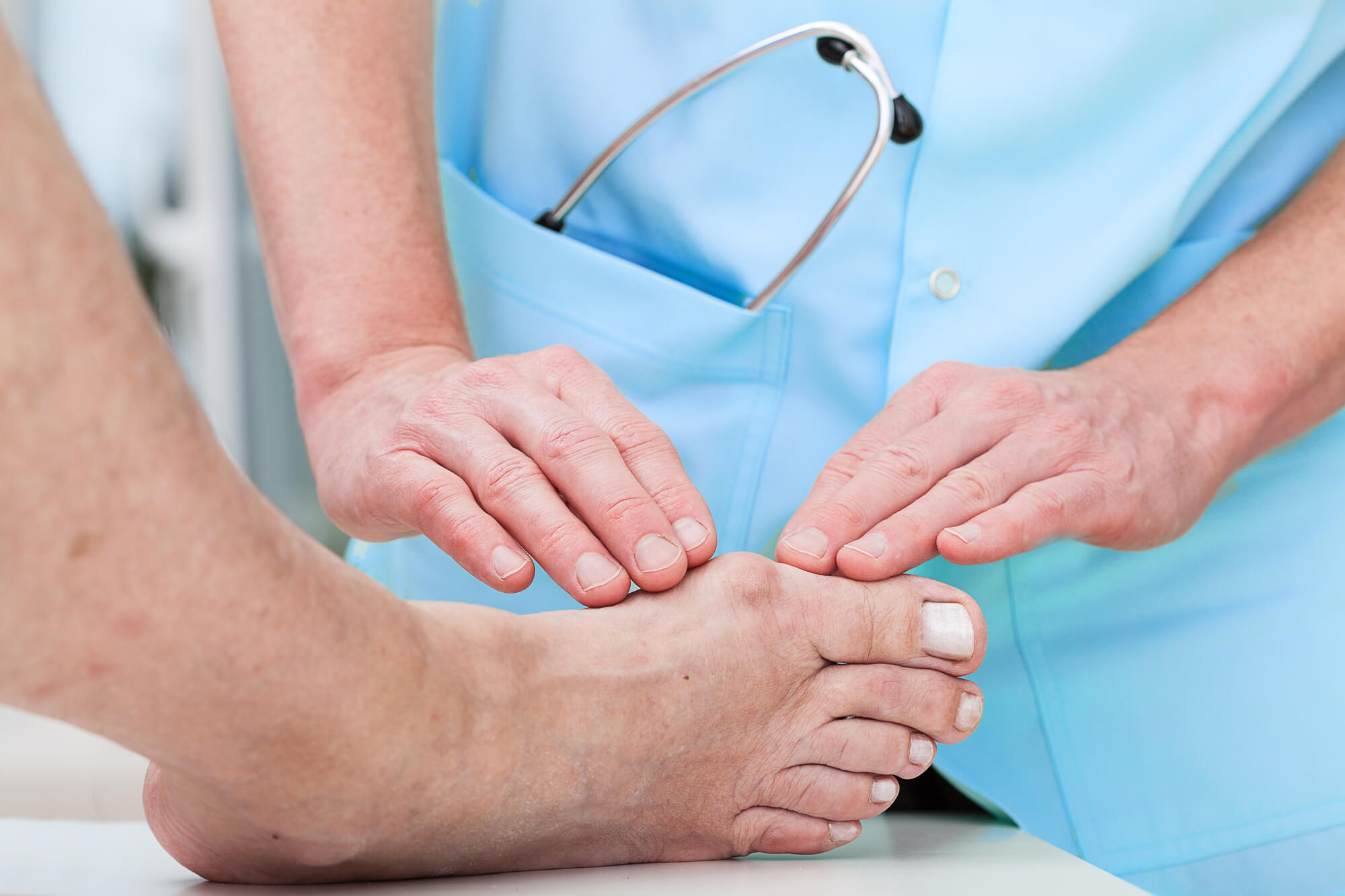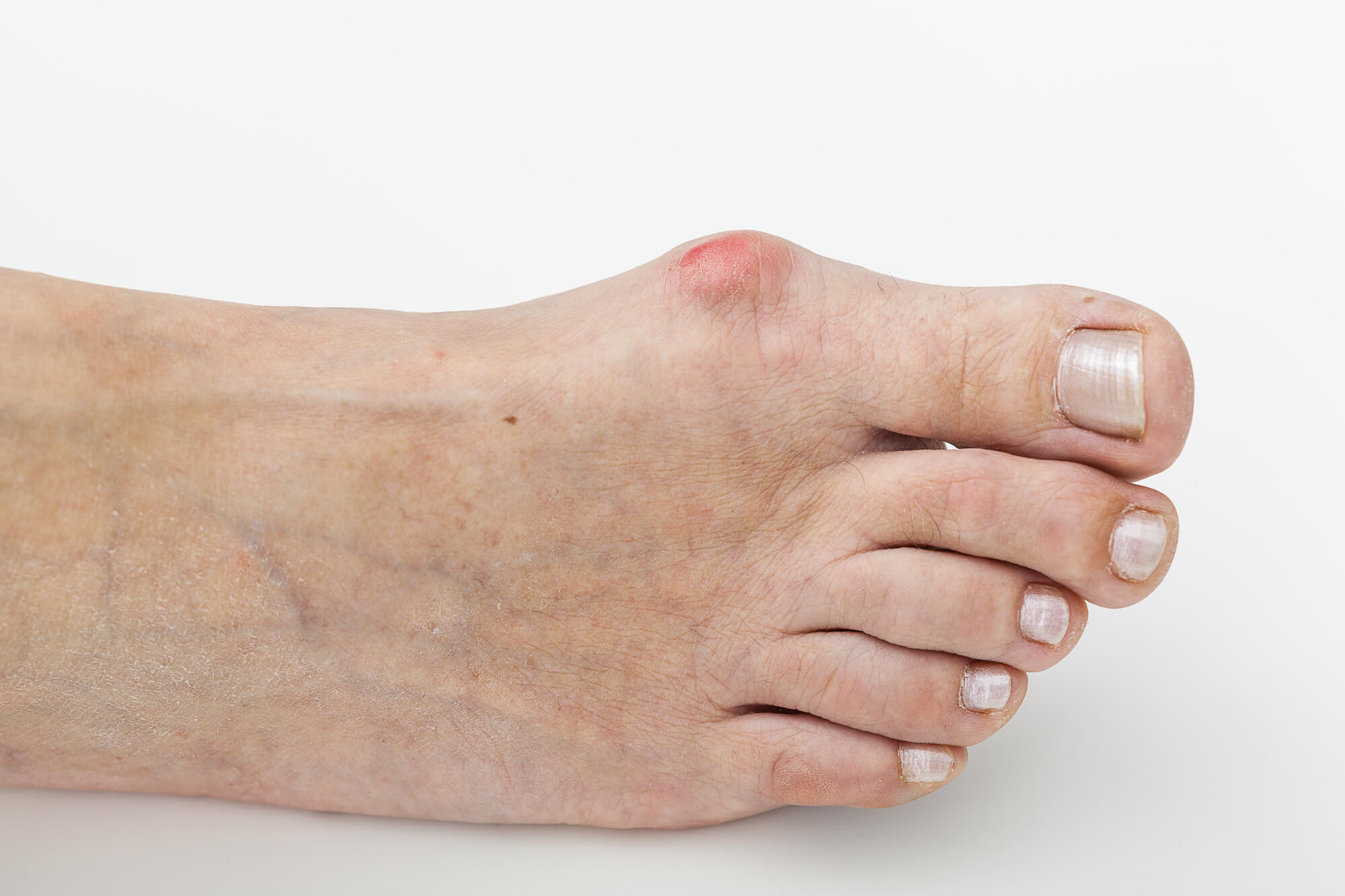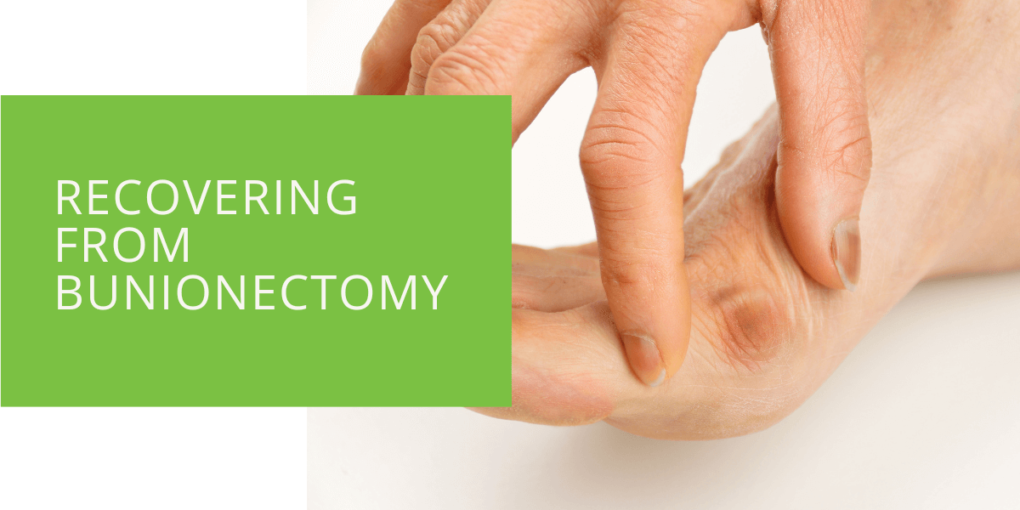Recovering from Bunionectomy
If you suffer from a bunion, you may be familiar with the pain and discomfort it can cause. A bunion is a bony bump that forms at the base of the big toe, causing the toe to point inward and push against the other toes. While some people may find relief from non-surgical treatments, others may require bunion surgery, also known as a bunionectomy, to alleviate their symptoms. If you're considering bunion surgery, it's essential to understand what to expect during the recovery period. This article will provide tips and advice for recovering from bunionectomy surgery.
What is a Bunionectomy?
Bunionectomy is a type of surgery that involves removing a bunion from the foot. It is usually performed to alleviate the pain and discomfort caused by hallux valgus, which causes the big toe to turn inward towards the other toes. A podiatrist is a foot and ankle care specialist who can diagnose and treat conditions like bunions. If you're considering bunion surgery, it's essential to consult a podiatrist to determine if it is the right choice for you.
What to Expect After Surgery
After bunion surgery, your foot will be placed in a dressing or cast, and you will be instructed to keep weight off of your foot for some time. The recovery time for bunionectomy surgery can vary depending on the type of surgery performed. In some cases, you may be able to put weight on your foot immediately, while in others, you may need to use crutches for several weeks. You can generally expect to be non-weight bearing for the first six weeks after surgery.

Immediate Recovery Period
During the immediate recovery period, you may experience some pain and swelling. Your podiatrist will provide pain management techniques, such as medication or ice packs, to help alleviate your discomfort. You may also need to change your dressing periodically and elevate your foot to reduce swelling.
Depending on the type of surgery performed, you may need crutches or a mobility aid to get around. Your podiatrist will provide instructions on how to use these devices safely and effectively.
Long-Term Recovery Period
The long-term recovery period for bunion surgery can take several months. During this time, you may need physical therapy to help restore strength and mobility to your foot. Your podiatrist will work with you to develop a customized physical therapy plan that meets your specific needs.
As you begin to heal, you can gradually return to normal activities. However, avoiding high-impact activities, such as running or jumping, is essential until your podiatrist clears you. You may also need to manage swelling and discomfort with ice packs or anti-inflammatory medication.
Caring for Your Feet After Bunionectomy
Proper care of your feet is essential after bunion surgery to ensure a successful recovery. Your podiatrist will provide you with specific instructions on how to care for your incision and foot. Following these instructions carefully is important to prevent infection and promote healing.
Incision Care
Keeping your incision clean and dry is essential to prevent infection. You must change your bandages periodically and watch for signs of infection, such as redness or swelling. Your podiatrist may also prescribe antibiotics to reduce the risk of infection.
Foot Care
Proper footwear is essential during the recovery period. Your podiatrist will provide specific instructions on what shoes to wear and how to protect your foot. You may need to wear a special boot or cast to protect your foot during healing.
Foot exercises and stretches can also help promote healing and improve flexibility. Your podiatrist will provide you with specific exercises and stretches to perform at home to help speed up your recovery. Performing these exercises as directed to achieve the best results is essential.
It's also important to avoid high-impact activities, such as running or jumping, until your podiatrist clears you. You may need to gradually work up to these activities over time to prevent re-injury.

When to Contact Your Podiatrist
It's essential to monitor your foot closely during recovery for any signs of complications. If you experience any of the following symptoms, contact your podiatrist immediately:
- Fever or chills
- Increased swelling or redness
- Drainage or pus from the incision
- Severe pain that is not relieved by medication
- Numbness or tingling in the foot
If you have any concerns or questions during recovery, don't hesitate to contact your podiatrist. They can provide the guidance and support you need to recover successfully.
Conclusion
Recovering from bunionectomy surgery can take time, but you can ensure a successful outcome with proper care and guidance from your podiatrist. It's essential to follow your podiatrist's instructions carefully and to be patient as your foot heals. With time, you can return to your normal activities and enjoy a life free from the pain and discomfort of a bunion.
Don't hesitate to contact a podiatrist if you're experiencing foot pain or discomfort. They can provide the care and support you need to keep your feet healthy and pain-free. Whether you need bunion surgery or other foot care services, a podiatrist can help you achieve the best possible outcome.

